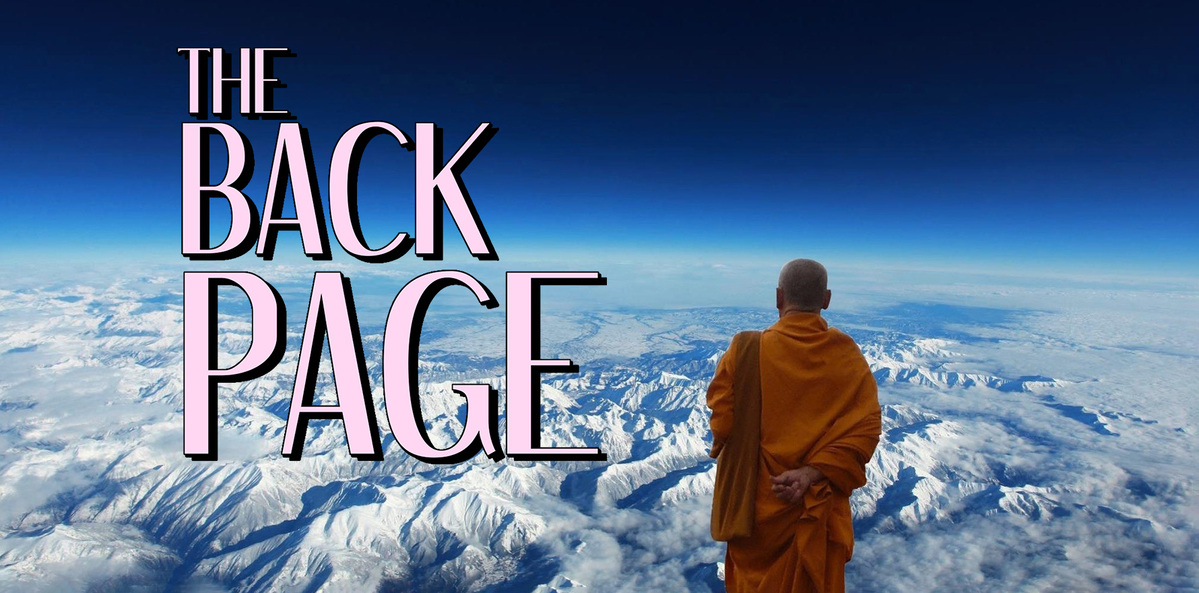Those melting Tibetan glaciers hold hidden health dangers.
Your correspondent needs no convincing that climate change is the existential threat of our times.
The fact that the wide stretch of beach where he once assuaged the rigours of an active social life is now nothing but a heaving swell of angry Southern Ocean is testament to the reality of rising sea levels.
But it’s the less obvious perils of a warmer world that we also need to consider.
Such as bacteria, for instance.
The ones we already know about, and their capacity for resistance to antibiotics, are bad enough. But now we learn that scientists have identified almost 1000 species of bacteria – many hundreds of them new to science – that are living on the glaciers of the Tibetan Plateau.
Which is not necessarily a problem, except for the fact that these glaciers are melting (and we know why), meaning these novel critters are going to be released into the waterways where they will be free to interact with other bacteria, as well as the local fauna, flora and humankind.
According to a study in the journal?Nature Biotechnology, scientists from the University of Chinese Academy of Sciences collected surface snow, ice, and other samples from 21 Tibetan glaciers between 2016 and 2020 and discovered 968 species of bacteria – around 82% of which have never been documented before.
“Ice-entrapped modern and ancient pathogenic microbes could lead to local epidemics and even pandemics … These microorganisms may carry novel virulence factors that make plants, animals, and humans vulnerable,” the study says.
“In addition, virulence factors can be transferred horizontally within a microbial community via mobile genetic elements … The interaction between glaciers and modern microorganisms could be particularly dangerous, and potential health risks need to be evaluated.
“The release of potentially hazardous bacteria could affect the two most populated countries in the world: China and India,” the authors said.
While the researchers concede it’s still early days in the life of this potential hazard, they do stress the urgent need to thoroughly evaluate the potential health risks of this glacial melting.
And given that we still cannot definitively establish the origin of the covid virus, things do not not bode well for how we might handle a plethora of novel bacteria making their presence felt on the global health environment.
We’re guessing it could be a long wait until we can throw away those masks and sanitisers.
If you see something that breaks the ice, float it past penny@medicalrepublic.com.au.


